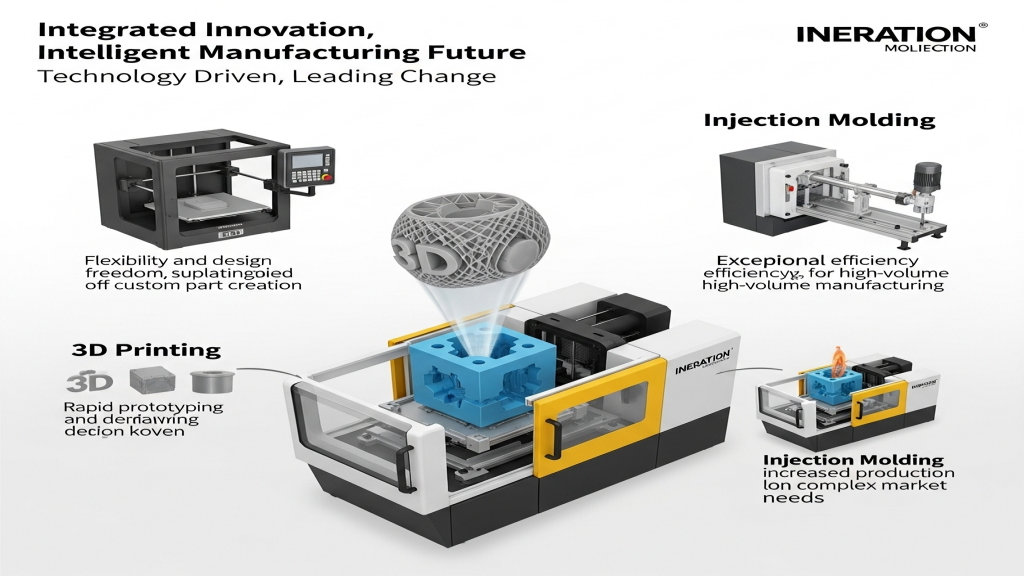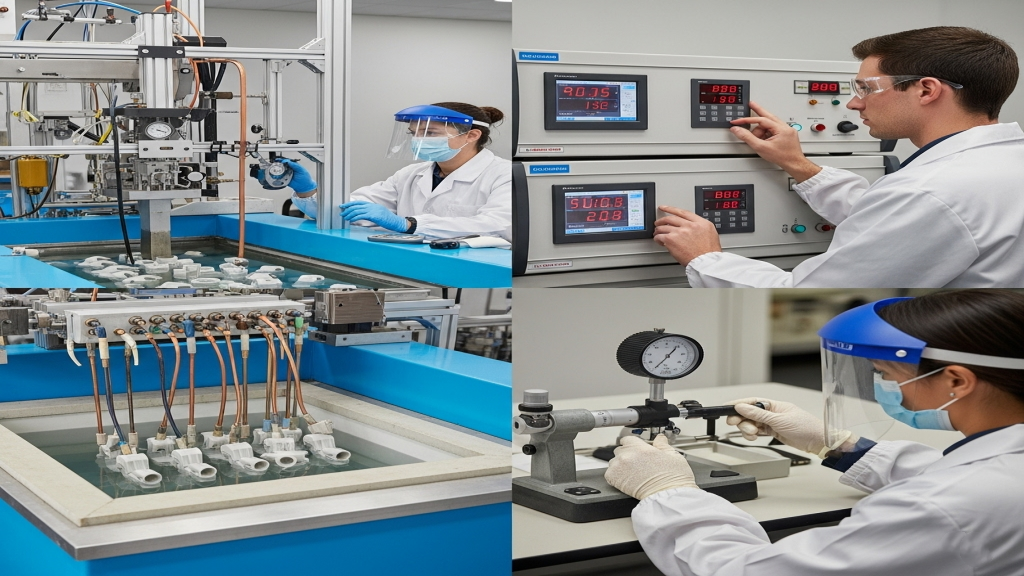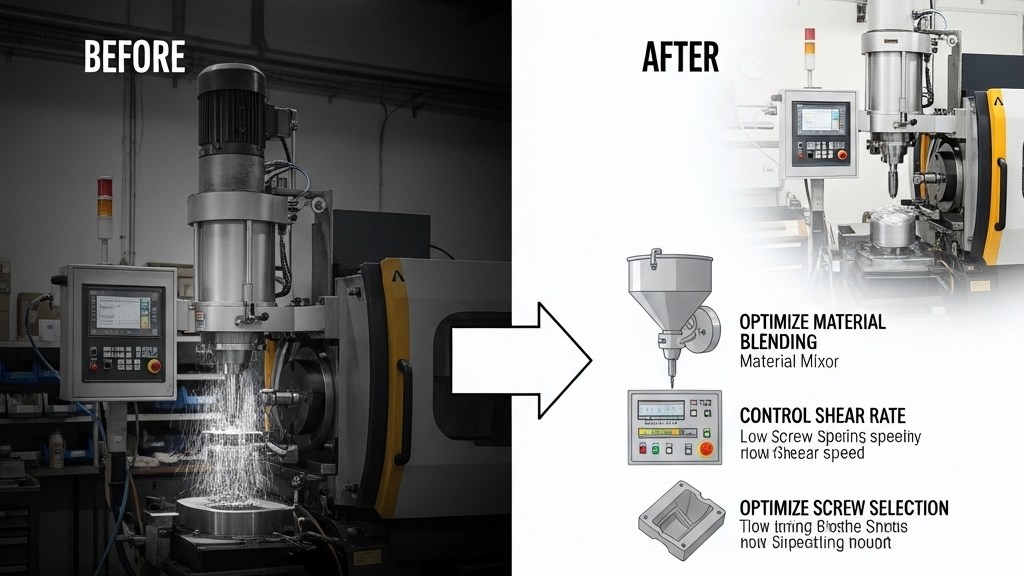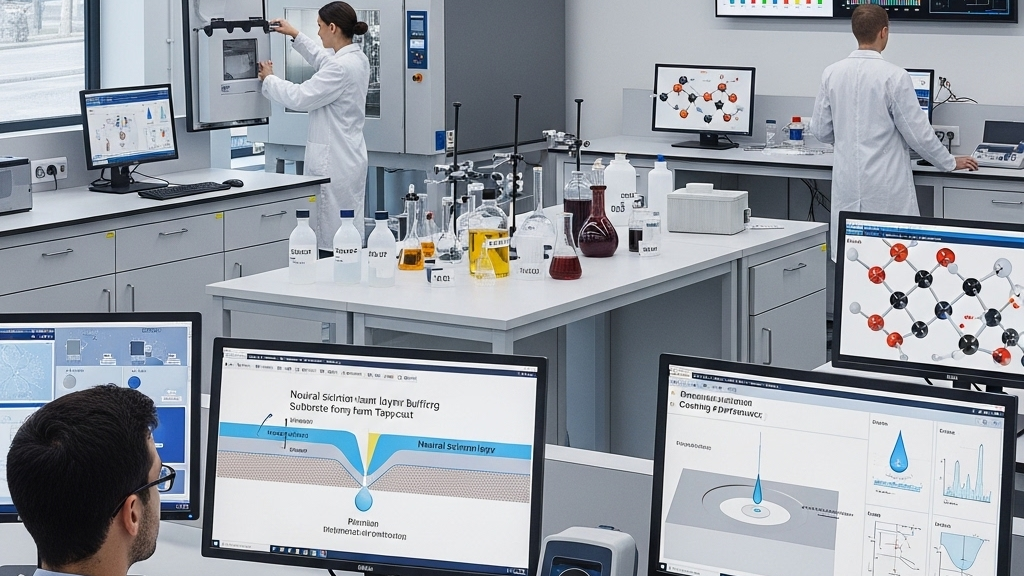
When it comes to high-load-bearing injection-molded parts, material selection is critical to ensuring durability, strength, and long-term performance. Materials such as polyether ether ketone (PEEK), glass-filled nylon, and acetal (POM) are among the best choices for parts that need to withstand significant stress and maintain structural integrity under load.
Let’s explore these materials and how they excel in heavy-duty applications.
Why Is PEEK a Superior Choice for Load-Bearing Parts?
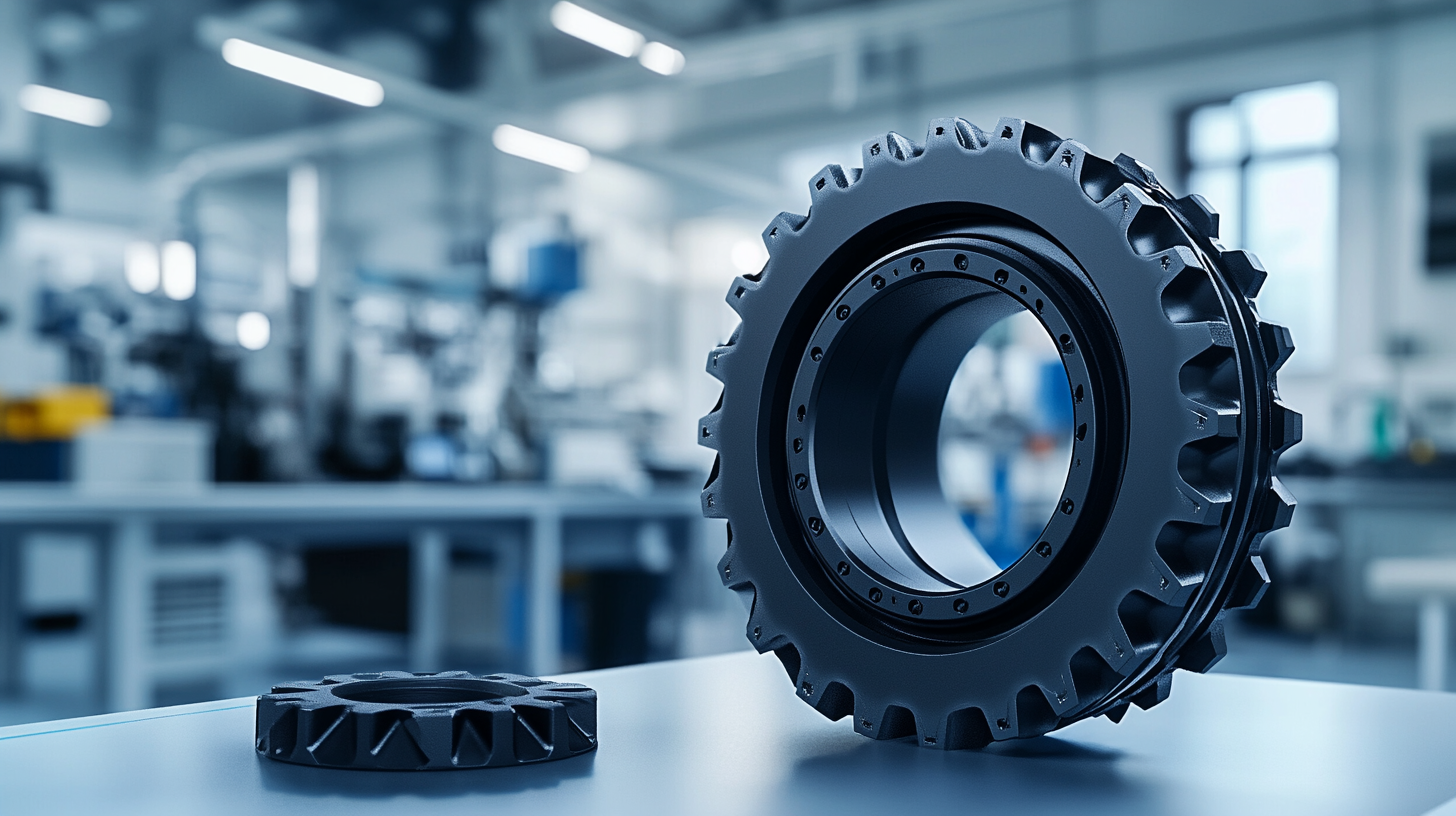
Polyether ether ketone (PEEK) is known for its exceptional mechanical strength and thermal stability, making it one of the best materials for load-bearing applications. PEEK retains its strength even at elevated temperatures and under continuous stress, which makes it ideal for industries like aerospace, medical, and automotive.
Its low wear rate and excellent fatigue resistance also ensure long-term reliability, particularly in components like bearings, gears, and seals. While it’s a premium material with a higher cost, its unmatched performance often justifies the investment for critical applications.
What Makes Glass-Filled Nylon Ideal for Heavy Loads?
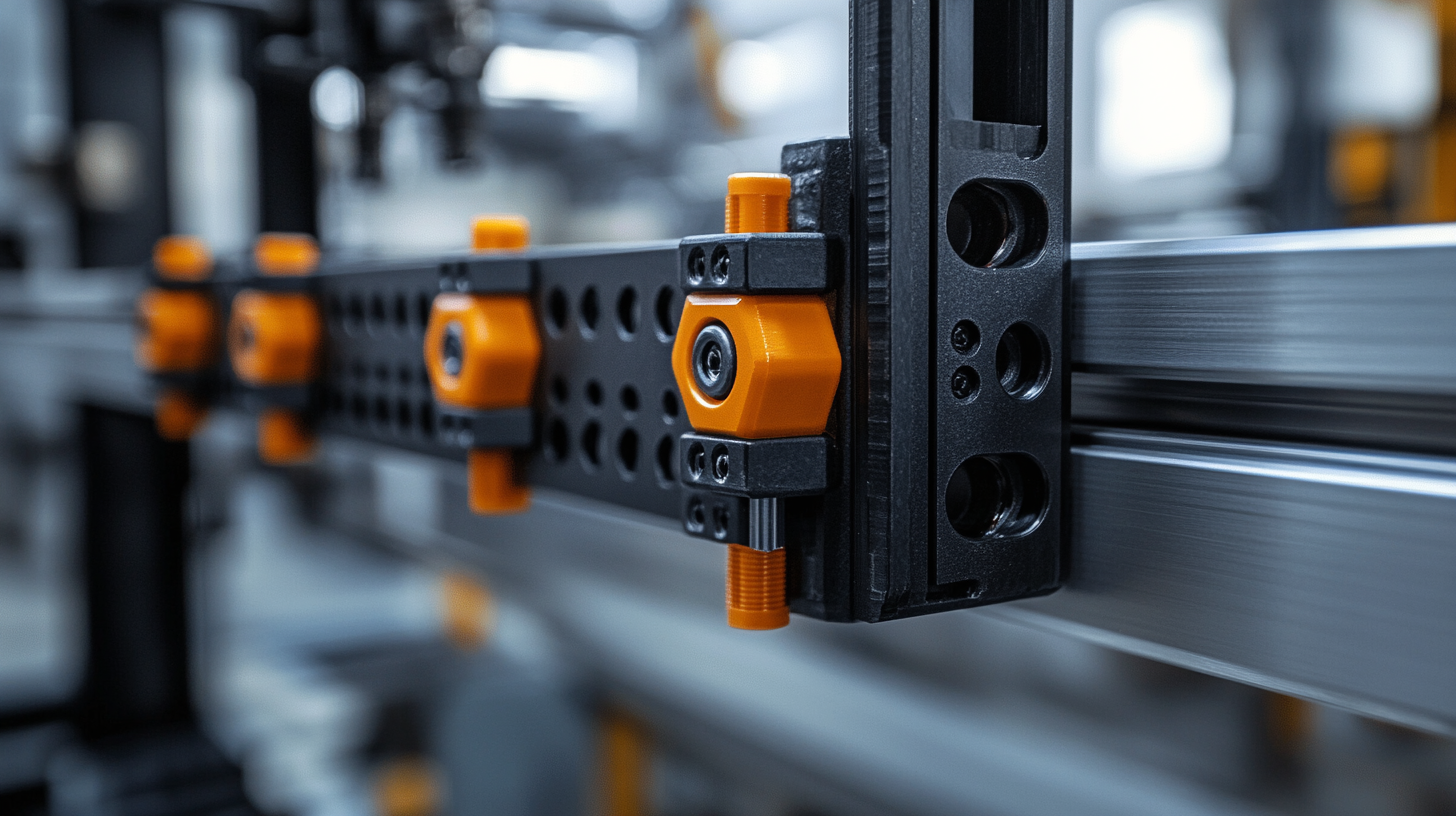
Glass-filled nylon enhances the already strong properties of nylon by incorporating glass fibers, significantly improving tensile strength and rigidity. This combination allows glass-filled nylon to handle high loads while resisting deformation. Its excellent impact resistance and dimensional stability make it perfect for industrial parts like structural brackets and gears, as well as housings.
Additionally, glass-filled nylon is lightweight, which makes it advantageous for applications where reducing weight without sacrificing strength is crucial.
How Does Acetal (POM) Handle High-Load Conditions?

Acetal (POM) offers excellent dimensional stability, low friction, and high stiffness, making it a top choice for load-bearing parts with precise tolerances. It is widely used in applications like bushings and conveyor belts, as well as bearings, where both durability and smooth operation are required.
Acetal also boasts good chemical resistance and wear properties, ensuring long-lasting performance in harsh environments. Its ability to maintain shape and function under stress makes it a versatile choice for industrial and mechanical applications.
Comparison of Load-Bearing Materials
| Material | Key Strengths | Applications |
|---|---|---|
| PEEK | High strength, thermal stability, fatigue resistance | Bearings, seals, aerospace components |
| Glass-Filled Nylon | High tensile strength, impact resistance | Gears, housings, brackets |
| Acetal (POM) | Dimensional stability, low friction, stiffness | Bushings, conveyor belts, bearings |
Factors to Consider When Choosing a Material
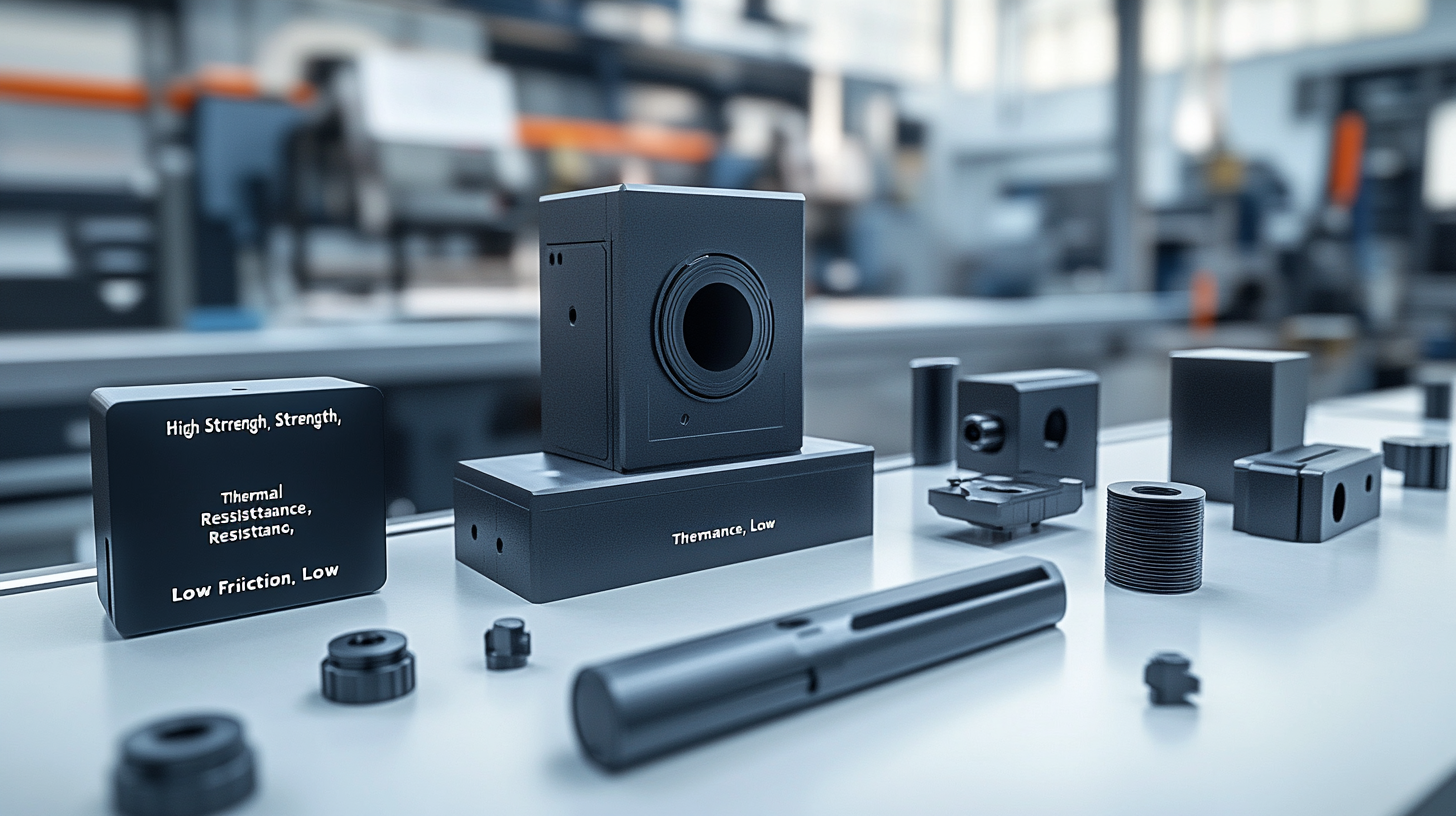
When selecting a material for high-load-bearing injection-molded parts, consider the following:
- Load Requirements: Ensure the material can handle static and dynamic loads without deforming.
- Environmental Conditions: For high temperatures or chemically aggressive environments, materials like PEEK are ideal.
- Cost vs. Performance: High-performance materials like PEEK may be overkill for less demanding applications where glass-filled nylon or acetal would suffice.
- Wear and Friction: For moving parts, low-friction materials like acetal can improve durability and efficiency.
Conclusion
Materials such as PEEK, glass-filled nylon, and acetal (POM) provide exceptional strength, durability, and reliability for high-load-bearing injection-molded parts. Each material offers unique benefits tailored to specific applications, whether it’s extreme thermal resistance, impact strength, or dimensional stability.
For expert advice on selecting the best material for your high-load-bearing needs, visit our resource center or contact us. Let’s help you create durable, high-performance parts for your next project!


